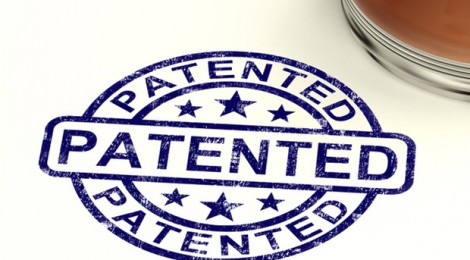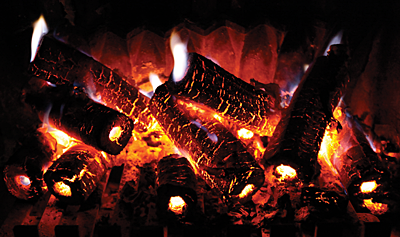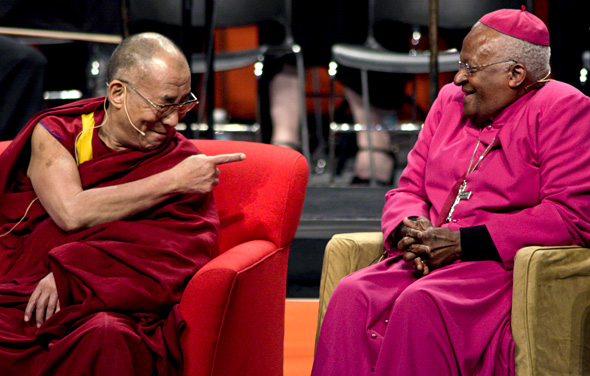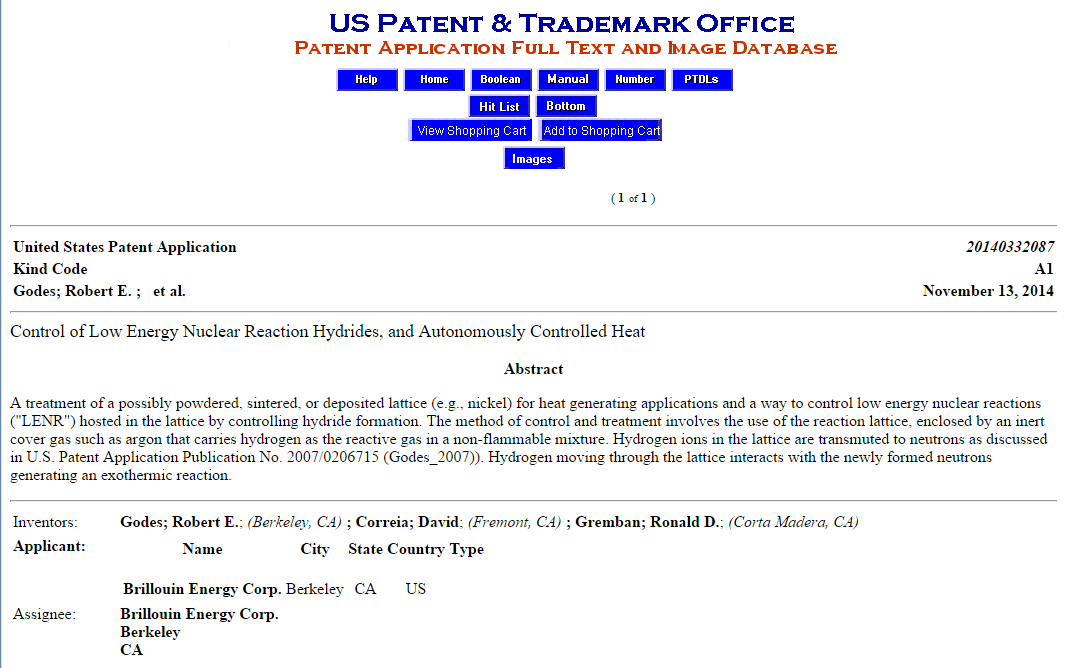
Patents Must Teach
And patents must teach via revelation of an effective mode of the invention!
There is a strange human condition that becomes engaged often when the matter of new inventions and patents come into play. Some inventors (and promoters) work to re-write the rules of patents. In this age of social media, or is it anti-social media, it sometimes seems the game is simply he who howls most howls best.
In the case of new inventions, including those in the ‘cold fusion/lenr’ world, the howls of misguided inventors and worse the howls of misleading trolls leads to the idea that patents are there for the sole benefit of the inventor. They all too frequently try to patent only parts or bits of inventions that give them defensible territory while holding back key ‘trade secrets’ that give them a singular advantage over any potential competitor.
The law and reality of patents is very different despite what legions of ‘patent attorneys’ advise in the hold back key disclosures strategy they so frequently counsel. A business strategy from the legal guild which guarantees far more complicated, long suffering, and expensive legal arguments and costs for the patent applicant. The real law is very simple it is a social contract between inventor and society. In exchange for the multi-year monopoly that a patent confers, the inventor has to hold up his end of the bargain with the government of the people, by the people, for the people.
Patent law has been written and enacted to “promote the Progress of Science and useful Arts,” which is the singular constitutional objective of intellectual property protection.
The patent applicant must teach effectively how his invention works. That way, the public can make use of the invention(s) to learn of new discoveries and begin a study and introduction to society of allied concepts. Patent laws allow inventions on the new path to become patented.
For a time the faithful patent teacher may slow others from direct commercial gain from the original invention until the patent expires. Of course it is assumed that the original inventor is at the head of the stampede generating new patentable ideas or is satisfied with their ‘retirement’ patent rights.
U.S. law requires that the applicant for a patent provide a written description in “such full, concise, and exact terms as to enable any person skilled in the art… to make and use [the invention].” The patent statute additionally obliges the applicant to “set forth the best mode contemplated by the inventor of carrying out his invention.” (35 U.S.C. § 112).
[Ed note: the “best mode” requirement has been reduced to requiring a fully functioning mode which still requires the patent teach effectively.]
Anvik vs. Nikon
The requirement that a fully function teaching is disclosed is the subject of a ruling a couple years back in Anvik v. Nikon. Nikon contested and persuaded a federal judge in Manhattan that the patentee hid the ball in obtaining a series of patents covering a high-resolution photolithography machine.
The Anvik patent became commercialized in a machine covered by the patents that is used in semiconductor processing to project many copies of a detailed pattern onto a photomask so that the copies are optimally packed next to one another. This is used to create many identical, tiny circuits. The technology is used to produce flat panel displays, among other things. Others dutifully copied the work and produced their own versions of the machine.
Anvik asserted three of its patents were violated by Nikon. In the description and drawings of one of the patents, the illumination-system portion of the photolithography machine is treated as an undefined “box,” labeled with a letter but otherwise not discussed. An earlier patent application did describe the illumination system, although there is no reference to it in the later-filed application.
Nikon argued that the inventor, Dr. Kanti Jain, “intentionally gamed the system,” reckoning that if the first application failed to issue as a patent, he would have the consolation of keeping the illumination system secret. (The applications in question were filed long before 2000, when patent applications began to be published in the U.S.).
Judge Alvin Hellerstein held all three patents invalid more than ten years after they had been applied for as they failed to disclose the inventor’s effective mode of operation. The ‘secrets’ within the patents shattered the inventors rights. The implications of the ruling are far-reaching, since Anvik has asserted its patents against several major display manufactures, and hefty sums are at stake.
Teach your children well.
Patent law is a simple code that we as a society have chosen to live by. That code that demands quality teaching is important. Courts have frequently invalidated patents that fail to disclose the enabling mode for practicing a claimed invention if such matters come before them.
The patent office more frequently dismisses patents via administrative procedures when informed of facts showing the applicant withheld any of their best secrets. Even those who seem clearly to infringe a claimed invention patent rights have persuaded courts that the patentee held back from the public some aspect of the invention that the inventor subjectively considered–at the time the application was filed–the enabling mode for practicing the invention.
The policy behind the harsh penalty of invalidation is to encourage full disclosure from inventors, or companies, that may perceive commercial advantage in keeping parts of an invention secret.
Absent an enabling mode requirement, an inventor might disclose insufficient details of his invention for it to be reproduced, perhaps reserving vital trade secrets. This would do little to “promote the Progress of Science and useful Arts,” which is the constitutional objective of intellectual property protection.
In the case of several ‘cold fusion’, LENR, and related patent applications.
Some cold fusion/lenr/alternative energy realm patent applications might be said to appear to be legal/PR stunts that make claims but provide far less than the required teaching. That teaching must be sufficient that a person “skilled in the art” can demonstrate successful reproduction of the claimed inventions.
Take for example a recent claim that a simple mixture of a “powder’ containing some few common ingredients can be heated to yield incredibly more, many times more, heat than is applied to the powder is claimed in a patent application. We are not talking about a few watts of anomalous heat we are told megawatts of anomalous heat results.
Without the formula for the powder the patent claims and indeed everything related to those now disclosed claims is rendered unpatentable. Further the every detail disclosed in the unpatentable claims has become revealed to the public and is thus no longer ‘prior and protected art.’
The same goes for claims of others in which secret frequencies, electromagnetic stimulations, or other ‘secrets’ that result in cold fusion or LENR or shrunken states of hydrogen or whatever are in fact utterly invalid.
In all of these inventions the apparent complexity of the demonstration experiments is clearly so simple that there are countless people who easily meet the “skilled in the art” measure. If anyone or few of those skilled folk make a valiant effort to reproduce the inventions that the claimed patents teach those patents and fail to reproduce the inventors results then the claimed inventions and patents are invalid.
A patent in this realm that challenges those to be taught with 324 pages of “teaching” is one of Blacklight Power. Whether it’s teaching passes muster and becomes valid is yet to be seen. The claims are nothing short of spectacular so surely there are many people working to put that teaching to the test.
Scores if not hundreds of patents for inventions in the field of cold fusion have been applied for since 1989 — only a few have been approved. The accompanying disclosure of details within this vast body of work which has been so outrageously stomped on and suppressed by the US patent office has resulted in impossible confusion of what is going to ever be patentable in the field. Surely the most certain fact is that as cold fusion devices get close to commercialization the arguments will expand exponentially.

My glowing cold fusion fireplace logs™ will be simple and inexpensive to fabricate if the Rossi patent teaches well.
Of special interest is the invention of Rossi et al known as the e-cat. This invention is incredibly simple. It is a container, a ‘bulb or tube’ into which some small amount (1 gm) of a mixed powder of nickel + a few common chemicals have been sealed. According to the teaching the simple heating of the tube results in many times the energy output/heat as is put in to heat the tube.
If any of the many ‘students’ now working to employ the teaching of the patent succeed in replication then the world may have a new form of fire. I for one am hoping the less than $100 it has cost to mold my own ‘cold fusion fire place logs’ will provide me with incredibly inexpensive energy before winter gets into full swing.
Benediction
(offered to earnest cold fusion inventors)
Lyrics to Teach Your Children Well
by Crosby Stills Nash and Young
You who are on the road
Must have a code that you can live by
And so become yourself
Because the past is just a good bye.
Teach your children well,
Their father’s hell did slowly go by,
And feed them on your dreams
The one they picked, the one you’ll know by.
Don’t you ever ask them why, if they told you, you would cry,
So just look at them and sigh and know they love you.
And you, of tender years,
Can’t know the fears that your elders grew by,
And so please help them with your youth,
They seek the truth before they can die.
Counter Melody To Above Verse:
Can you hear and do you care and
Cant you see we must be free to
Teach your children what you believe in.
Make a world that we can live in.
Teach your parents well,
Their children’s hell will slowly go by,
And feed them on your dreams
The one they picked, the one you’ll know by.
Don’t you ever ask them why, if they told you, you would cry,
So just look at them and sigh and know they love you..
For the frauds and trolls … the old fire awaits



